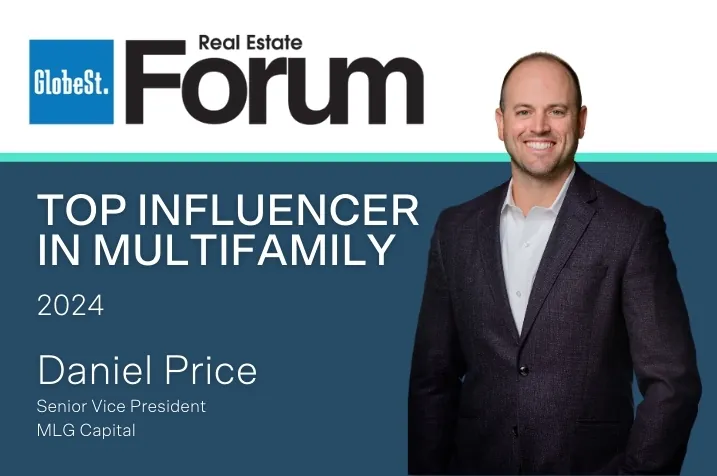As an investor, there may come a point in time where you experience a liquidity event; that is, a transaction in which you exchange your position in an asset for cash. Examples of liquidity events can include a sale of a property, business, or stock, or even proceeds from an inheritance. No matter what got you to this point, there are several things to consider when it comes to putting your capital back to work.
Outline your new investment objectives
You now have liquid cash on hand, and your investment opportunities have widened greatly. So, what now? The first thing you should do is re-evaluate your investment objectives. With a large influx of cash, you most likely will want to re-invest to keep up with the current market. Think about whether you’d like to actively invest in another venture or explore more passive options. How much time can your capital remain in an investment vehicle before you’d need access to the cash again? What is your current tax situation and how might various strategies impact those opportunities should you need to switch gears?
Before handing off your money, it is helpful for you to think through these concepts. Keep in mind that no matter how you invest, you will want to make sure you maintain a diversified portfolio.
Create a wealth preservation plan (legacy)
Capital preservation is equally as important as capital growth. When it comes to building wealth, you should also ensure that you have a contingency plan. Aside from determining next steps for your liquid cash, organize your other assets and identify any gaps you have as it pertains to legacy planning. Should you create an investment entity? Do you have the legal documentation needed to pass on your wealth to your family? Use these guidelines to help shape your conversations with your family members and your team of professionals.
Build a trusted team of advisors
While there are many ways to make a fortune, there are just as many ways to lose one. Your success in previous ventures may be proof of great talents, but sometimes these talents do not translate into other fields. Leveraging the knowledge and expertise of others may be your best option. with the people you need to address all your investment and planning concerns. This may include a Financial Advisor, an attorney and a tax professional, to name a few.
Here’s more from MLG Capital Vice President, David Binder, on how to build your personal board of directors.
Identify new investment opportunities
With your board of directors, you can now explore individual investment options. From there you can implement the overall investment strategy that aligns with your goals and objectives.
As stated before, the options are endless when it comes to putting your capital to work. As part of your diversification strategy, consider incorporating alternative investments into your portfolio, particularly those with low correlation to the market (like private real estate). These types of investments may help provide both long-term growth and capital preservation, providing potential sustainability of the proceeds from your liquidity event.
Do your own due diligence
Even though you’ve identified experts that you trust to help you manage your money, you should still take the extra step to vet these opportunities yourself. Use, but don’t solely depend on, your board’s insight. Research companies and ask questions. At the end of the day, you want to feel confident about your investments and where you’re placing this incoming capital.
If you’d like to explore the world of private real estate, we’re happy to answer any questions. Connect with someone from our team now.
Jade Hendricks is the AVP of Investor Operations at MLG Capital, with a background in Wealth Management and Wealth Education. She’s a financial literacy advocate, gym enthusiast and lover of all things coffee.



